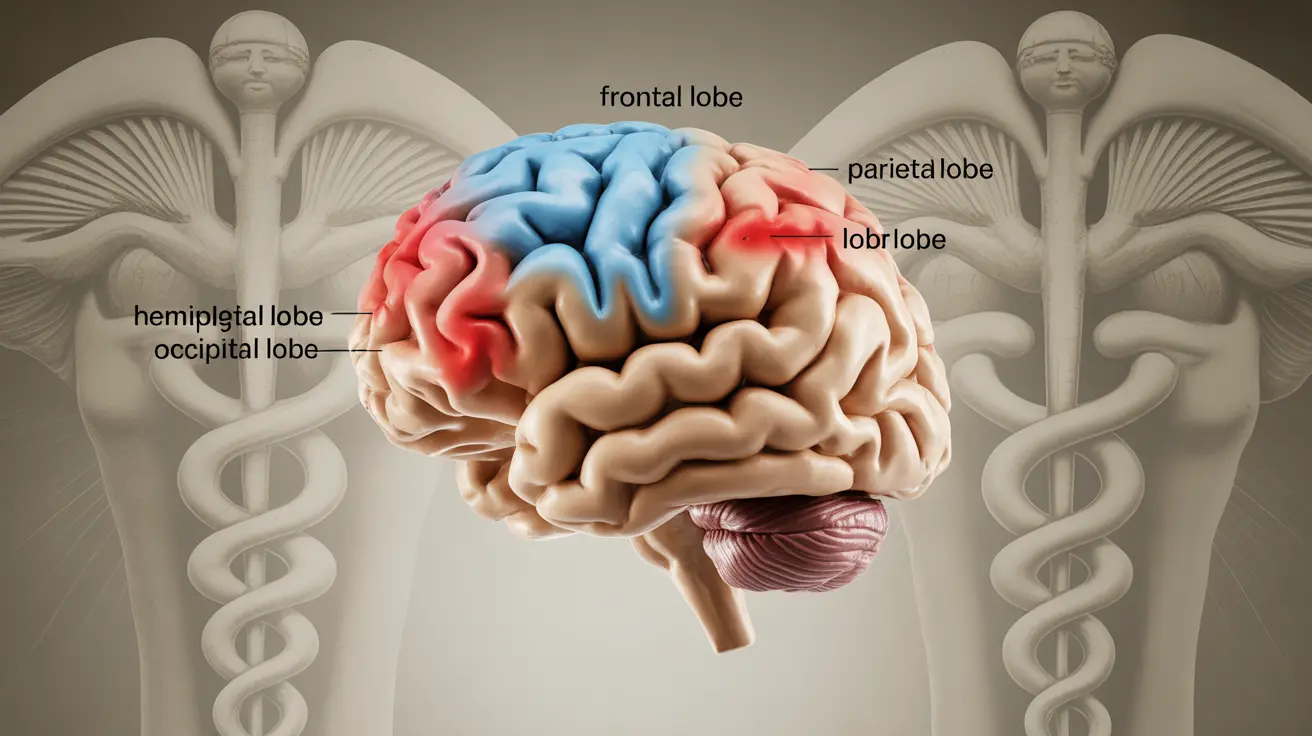Hemiplegic migraine treatment requires a specialized approach due to the unique nature of these complex neurological events. Unlike standard migraines, hemiplegic migraines involve temporary weakness on one side of the body along with headache pain, making proper treatment crucial for patient safety and comfort.
Understanding the available treatment options and knowing which medications to avoid is essential for both healthcare providers and patients dealing with this rare form of migraine. This comprehensive guide explores current treatment strategies, from acute care to prevention.
Preventive Treatment Approaches
Prevention is a cornerstone of hemiplegic migraine management. Several medications have shown effectiveness in reducing the frequency and severity of attacks:
- Calcium channel blockers (such as verapamil and flunarizine)
- Antiepileptic medications (including valproate and topiramate)
- Beta-blockers (in select cases)
The choice of preventive medication depends on individual factors, including medical history, frequency of attacks, and potential side effects. Regular monitoring and dose adjustments may be necessary to achieve optimal results.
Acute Attack Management
When a hemiplegic migraine attack occurs, prompt and appropriate treatment is essential. Hospital-based care may be necessary, particularly for severe attacks. The treatment protocol typically includes:
- Intravenous fluids for hydration
- Anti-inflammatory medications
- Antiemetics for nausea
- Close neurological monitoring
It's crucial to note that certain common migraine medications are contraindicated for hemiplegic migraines, making specialized care particularly important.
Understanding Medication Restrictions
Several common migraine medications are typically avoided in hemiplegic migraine treatment due to safety concerns:
- Triptans
- Ergotamines
- Certain vasoconstrictors
These restrictions exist because these medications may potentially increase the risk of complications in patients with hemiplegic migraines. Alternative treatment approaches are necessary for safe and effective management.
Lifestyle Management Strategies
Implementing specific lifestyle changes can significantly impact the frequency and severity of hemiplegic migraine attacks:
- Maintaining regular sleep patterns
- Managing stress through relaxation techniques
- Following a consistent meal schedule
- Avoiding known trigger foods
- Regular moderate exercise
- Staying well-hydrated
Alternative and Complementary Approaches
Several alternative treatments may help manage hemiplegic migraine symptoms:
- Acupuncture
- Biofeedback therapy
- Mindfulness meditation
- Gentle yoga practice
- Nutritional counseling
These complementary approaches should be discussed with healthcare providers and used alongside conventional medical treatments rather than as replacements.
Frequently Asked Questions
What are the most effective medications for preventing hemiplegic migraine attacks?
The most effective preventive medications typically include calcium channel blockers like verapamil and flunarizine, along with certain antiepileptic drugs such as valproate and topiramate. These medications work by stabilizing neurological function and reducing the likelihood of attacks.
How is an acute hemiplegic migraine attack treated in the hospital?
Hospital treatment for acute attacks typically involves IV fluids, anti-inflammatory medications, and antiemetics for nausea control. Close neurological monitoring is essential, and treatment may include medications to manage specific symptoms while avoiding contraindicated drugs.
Why are triptans and ergotamines usually avoided in hemiplegic migraine treatment?
Triptans and ergotamines are avoided because they can cause vasoconstriction, which may potentially increase the risk of complications in hemiplegic migraine patients. These medications could theoretically worsen the neurological symptoms associated with hemiplegic migraines.
What lifestyle changes can help reduce the frequency of hemiplegic migraines?
Key lifestyle changes include maintaining regular sleep patterns, managing stress, following a consistent meal schedule, avoiding trigger foods, engaging in moderate exercise, and staying well-hydrated. Keeping a migraine diary can help identify personal triggers.
Are there any safe alternative treatments for managing hemiplegic migraine symptoms?
Several alternative treatments have shown promise in managing symptoms, including acupuncture, biofeedback therapy, mindfulness meditation, and gentle yoga. These should be used as complementary approaches alongside conventional medical treatment and under healthcare provider supervision.




